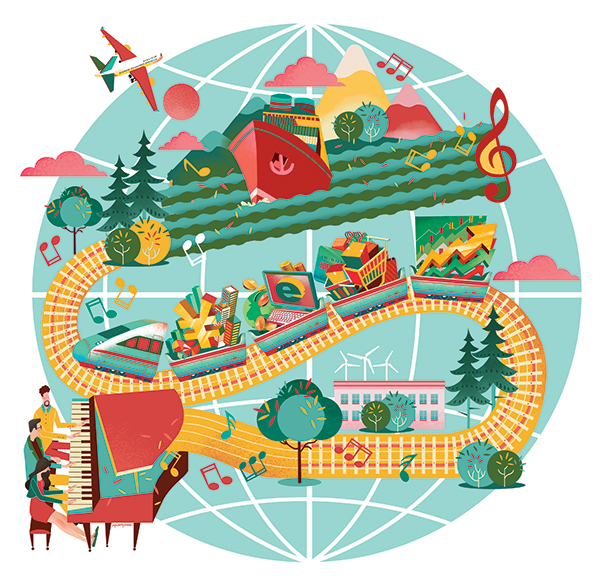Esther Lai
ASA 114
Week 8
K. Scott Wong’s “Diasporas, Displacements, and the Construction of Transnational Identities” introduces the reader into the multiple components that play into the transnational identities of Asians into the Western hemisphere from the beginning of the European colonization of the Americas in the 15th century onward. With different ideologies, cultures, and beliefs being shared across borders, cultural identities are constantly evolving and changing, these transnational identities are constantly being tested by people who are from the homeland and people from the host country. Globalization and more forms of communication and transportation has allowed for economic booms and exploitation of laborers from Asia to the Americas, mostly with immigrants who need work and new opportunities. Immigrants who have the ability to choose between assimilating or keeping their own culture away from the “melting pot” of the host country are vital to the diasporic communities worldwide. The Muslim Ban that was announced by Trump is similar to the Chinese Exclusion Act in the early 20th century except it now has the added element of terrorism in it, causing discourse to the Muslim communities in the United States and the rest of the world since fear is a strong mechanism for discrimination.
Question: What role does illegal immigration and labor play into the formation of transnational identities and how does it affect the diasporas in the host country? Do they all get along well or are there certain hurdles that prevent them from fully assimilating into the diaspora’s culture?
Image Source: https://img2.chinadaily.com.cn/images/201911/05/5dc141a2a310cf3e97a485bf.jpeg

No comments:
Post a Comment